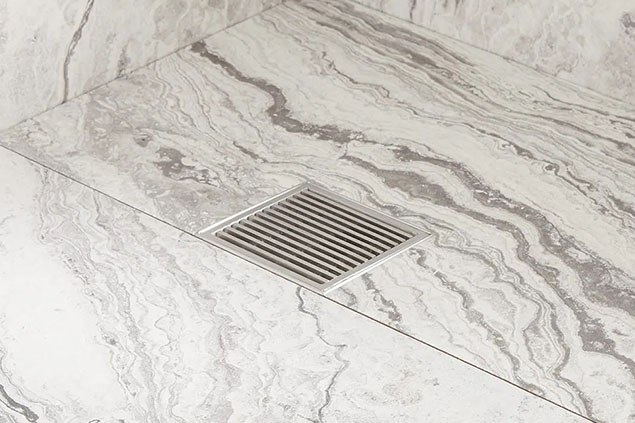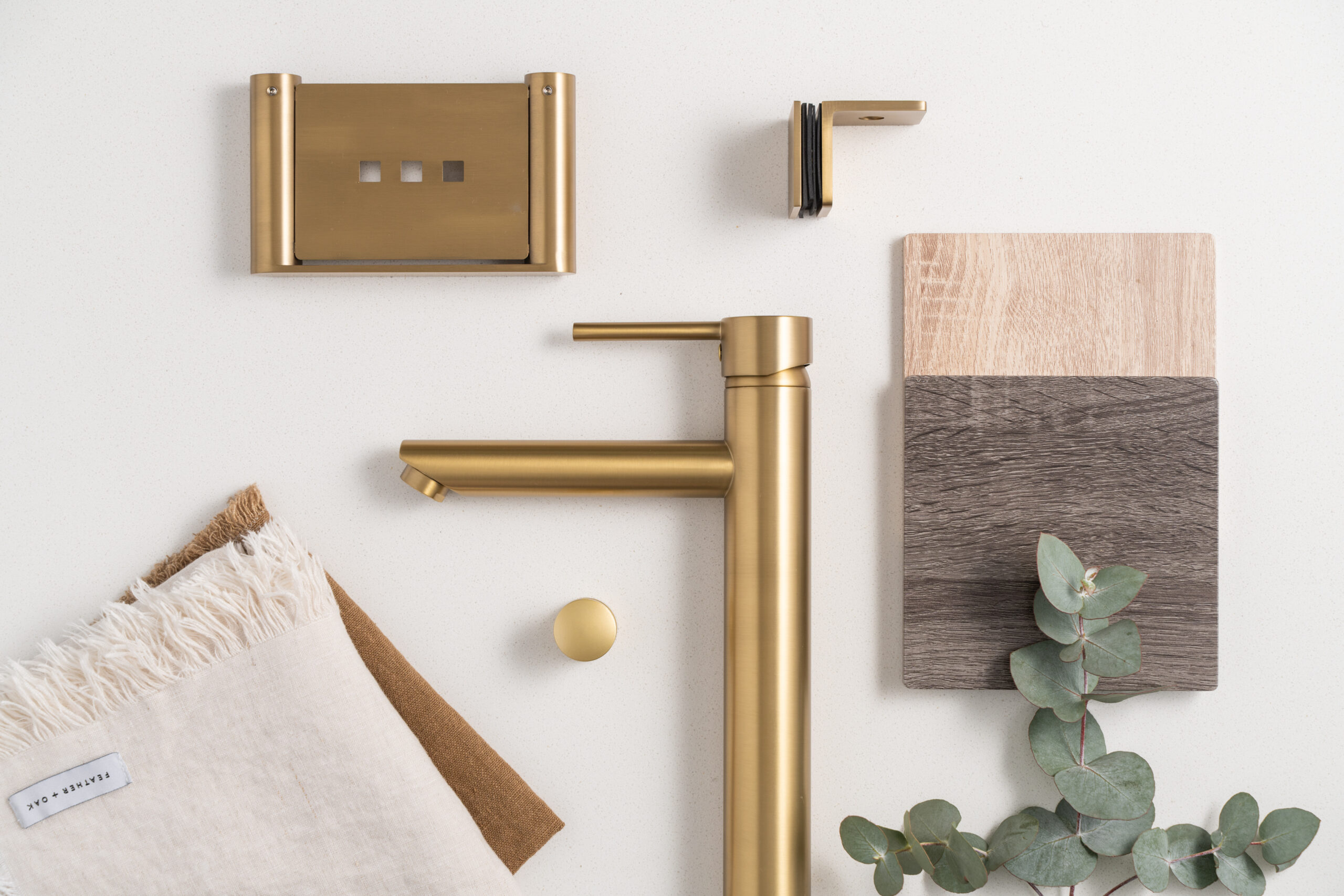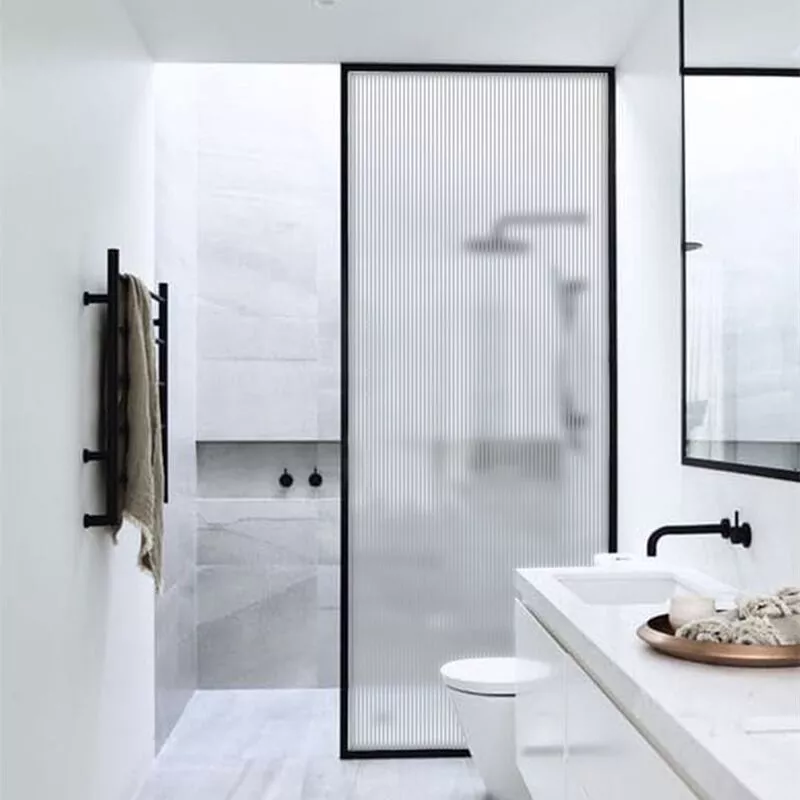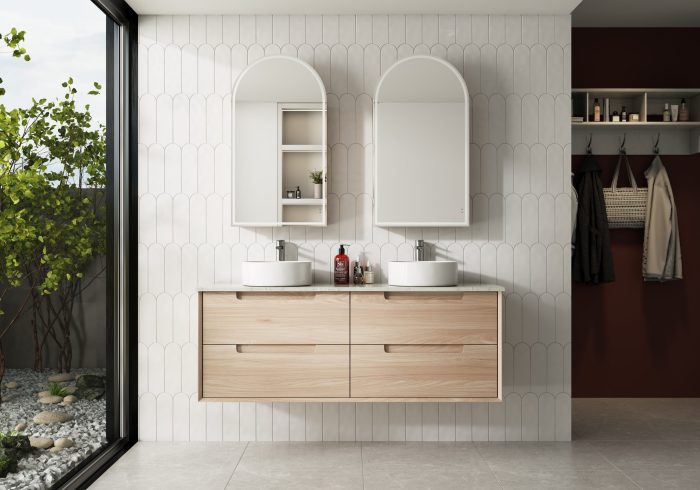If you notice that it takes longer for your water to drain, then you probably have clogged bathroom drainage. But fixing it will not be the end of it because, who knows, the problem could be your shower drain cover. If you have installed the wrong one or the one you currently have is not working, then you better start thinking of changing it. But before you decide, it will be better if you know what you are buying. In this article, we’ll explore different types of shower drain covers. Read on to find more.

What is Shower Drain? Shower drain covers?
A shower drain is where the used water from the shower passes by. But more often than not, water will find it hard to pass due to the hair and soapy residues collected by it. This, in turn, causes clogged pipes. Hence, choosing a shower drain and drain cover should not be disregarded.
There are lots of bathroom drain types. They came in all shapes, materials, and styles. Some are made of brass, steel, stainless, etc. There are also plastic shower drain covers. In terms of shape, there are squares, triangles, and of course, circular shower drain covers. If you are still confused and want to learn more about shower drains and bathroom drain caps, find them in the next section.
Different Types of Shower Drain Covers
Shower drain covers come in all shapes, designs, materials, etc. Hence, there are different bathroom drain types. Some of these are linear shower drains, point drains, hidden drains, screw-on, three-piece, and snap-in among others. To more about them, continue reading below.
Styles and Designs
- Linear Shower Drain
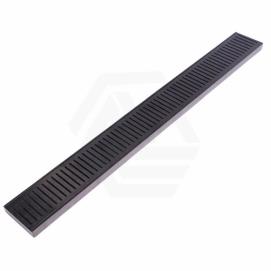
Linear shower drains are long drains for the bathroom and shower, typically covered with a drain grate. A linear shower drain is sometimes called a trench drain, shower channel drain, line drains, slot drains, slip drains, etc. Regardless of the name, a linear shower drain is one of the best choices as it easily conforms to the size of your shower. Moreover, you only need one gradient to guide the water. This makes it ideal even if multiple showerheads are running.
Moreover, if you are planning to build additional units in addition to your existing ones, linear drains could be a good choice. These drains can add those without increasing the height. Furthermore, they may also minimize service depth when it comes to constructing drainage.
There are lots of linear shower drains (grates) currently available, but the 300-2000mm Lauxes Aluminum midnight black wide standard from MyHomeware is definitely one of the best.
Below is a table showing some of the linear shower drains’ strengths and weaknesses.
| Pros | Cons |
| Works well with curbless showersCan handle more waterThe floor needs to slope in only one directionIt can be used alongside large tiles | Expensive |
- Point Drain
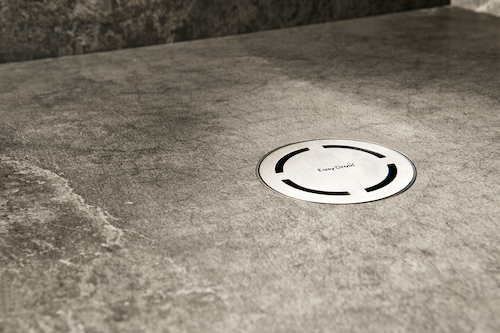
Point drains are the most common type and are usually used in older constructions; hence, you are probably familiar with them. It is a small drain, typically on the center of the shower floor (sometimes near the wall.) For proper drainage, your floor must be sloped down towards the place where it is located. Given this, it is not partnered with large tiles but smaller ones, with tiles measuring 100mm by 100mm being the largest possible.
This round shower drain (typically) could also be square (better for square tiles); regardless of it, a point drain is typically a flat shower drain. A point drain can be a plastic shower drain, aluminum shower drain, or steel shower drain. Now, no matter from which material it is made, point drains will always be small, but it does not mean that their capacity is subpar, as they can provide plenty of drainage for any shower.
To better know the ups and downs of a point drain, refer to the table below.
| Pros | Cons |
| Works well with curb showersCommon and inexpensive | Limited tiles optionsNot good for curbless showers |
- Hidden Drain
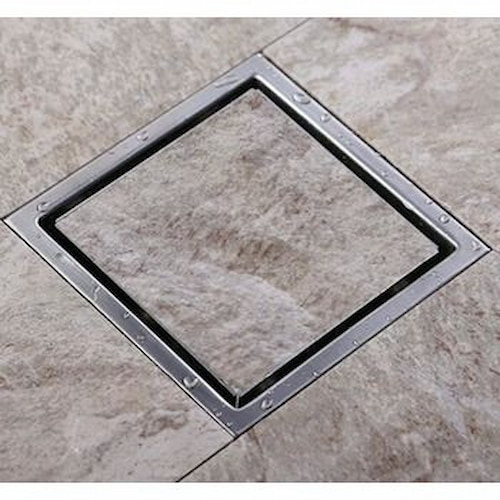
Another type of shower drain cover is called the hidden drain or concealed drain. Given the name, it naturally conceals drainage. It allows you to merge the drain to the floor without being too conspicuous. Hence, it is not short of saying that it is an innovative drainage that provides a modern and timeless touch to your bathroom.
To know it better, here are some of its pros and cons.
| Pros | Cons |
| ModernInnovative and inconspicuousWorks well with small and large tiles | Quite pricey |
Installation Types
If there are shower drain cover types based on design, there are also based on installation, and these are the following:
- Screw-On
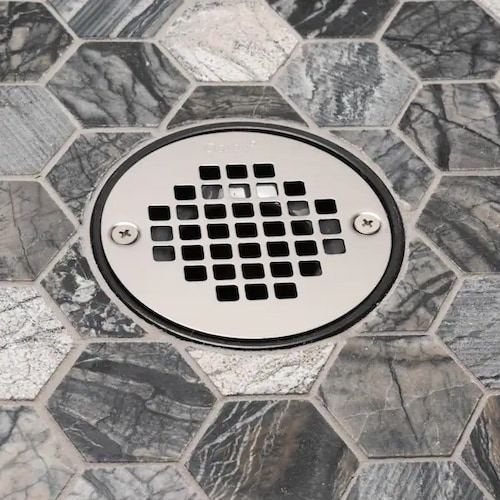
From the word itself, screw-on. Screw-on shower covers are those that need to be screwed to the drain. They are available in all finishes, from chrome and polished brass to oil-rubbed bronze and antique brass. Most of the time, the screw hole (2-7/8″) is found in the center. Some of the things you need to consider before choosing it are the pros and cons of it enumerated below.
| Pros | Cons |
| SecuredAffordable | Rust over timeNeeds regular maintenance |
- Three-piece
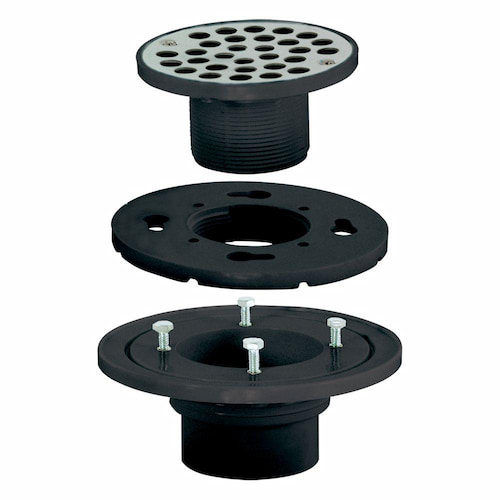
If you are planning to have a shower on the second floor with wood flooring, then it will be ideal to use a three-piece drain; otherwise, you risk having rot or mildew. Moreover, a three-piece drain is designed for placing a tiled shower floor on top of a shower pan or pan liner. The bottom component is inserted directly into the drainpipe on top of the hardwood subfloor. The middle component fits over the shower pan or liner, and the last piece screws into the top and adjusts in height to match the tile you’re going to install.
| Pros | Cons |
| Ideal for wood flooringsMilder on woodDesigned to impede the development of molds and fungi. | Challenging to install and remove |
- Snap-in.
Snap-in covers are not far from screw-on because while the latter is designed for 3-3/8″, the former is designed to fit 4-1/4″. It is also available in different kinds of finishes and fits cast iron, plastic, clay tile pipes, etc. To know more about this, visit online stores that sell drain covers like MyHomeware.
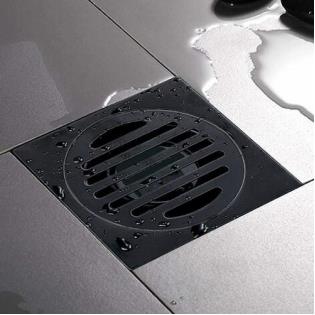
| Pros | Cons |
| Easy to install and removeAffordable | Most are made of plasticMost are easy to break |
Conclusion
Drain covers come in all shapes, finishes, and materials. Some are aluminum some are simply plastic shower drain covers. Regardless of these things, of the types of shower drain covers, you need to look beyond your preference and decide what you really need. But if you can, choose something you like that will also satisfy them, then better. After all, hitting two birds with one stone is more ideal than hitting just one.
FAQ about Types of Shower Drain Covers
Shower drain covers can be pulled straight off except for the screw-on types and those that are too fit. For those that are too fit, a little wriggling will solve your problem. And for the screw-on, you will need a screwdriver to remove them.
A drain grate shower is not really a shower drain but rather an attachment. This bathroom or drainage accessory is a good thing to have to prevent loose items from falling down the drain.
Yes, having a shower drain cover is necessary and beneficial because it catches debris and hair that are common culprits for a clogged drainage pipe.

